Gallery
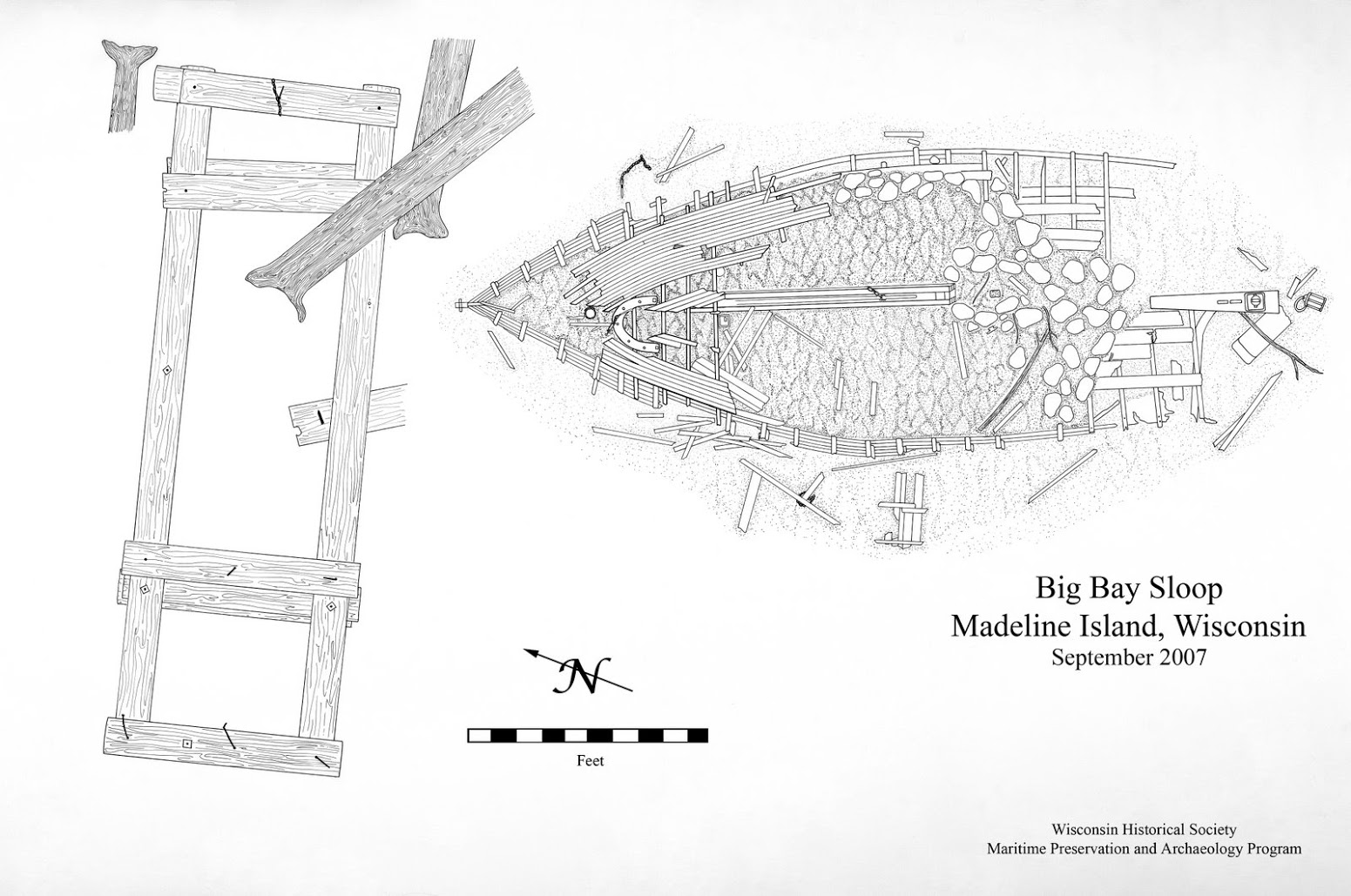
Wreck site plan
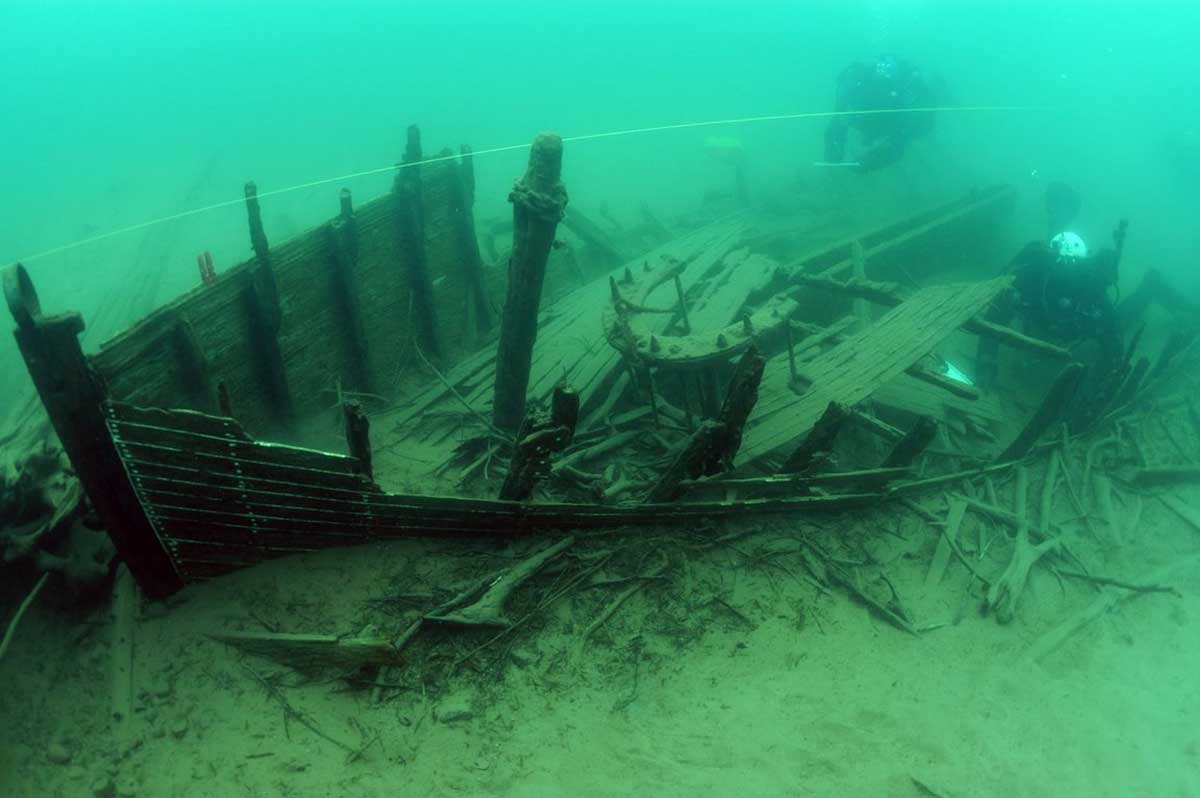
Archaeologists document the Big Bay Sloop.
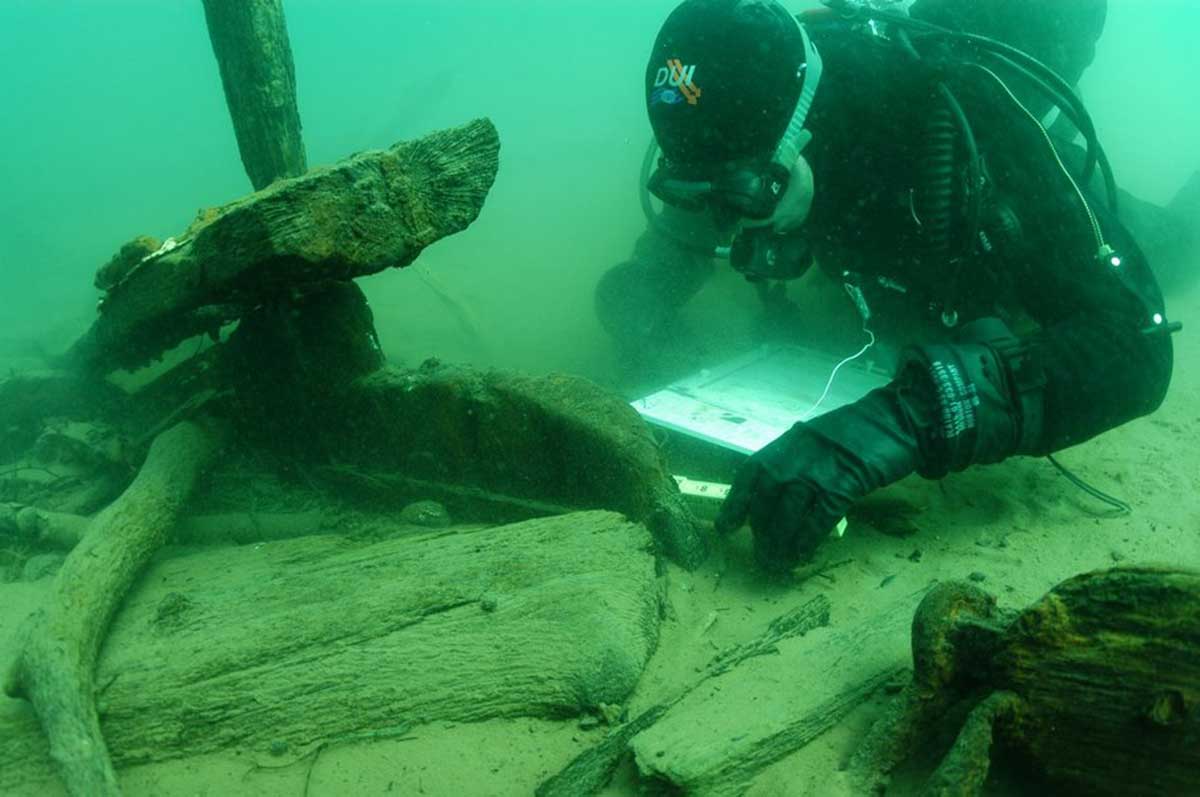
An Archaeologists Documents the Big Bay Sloop.
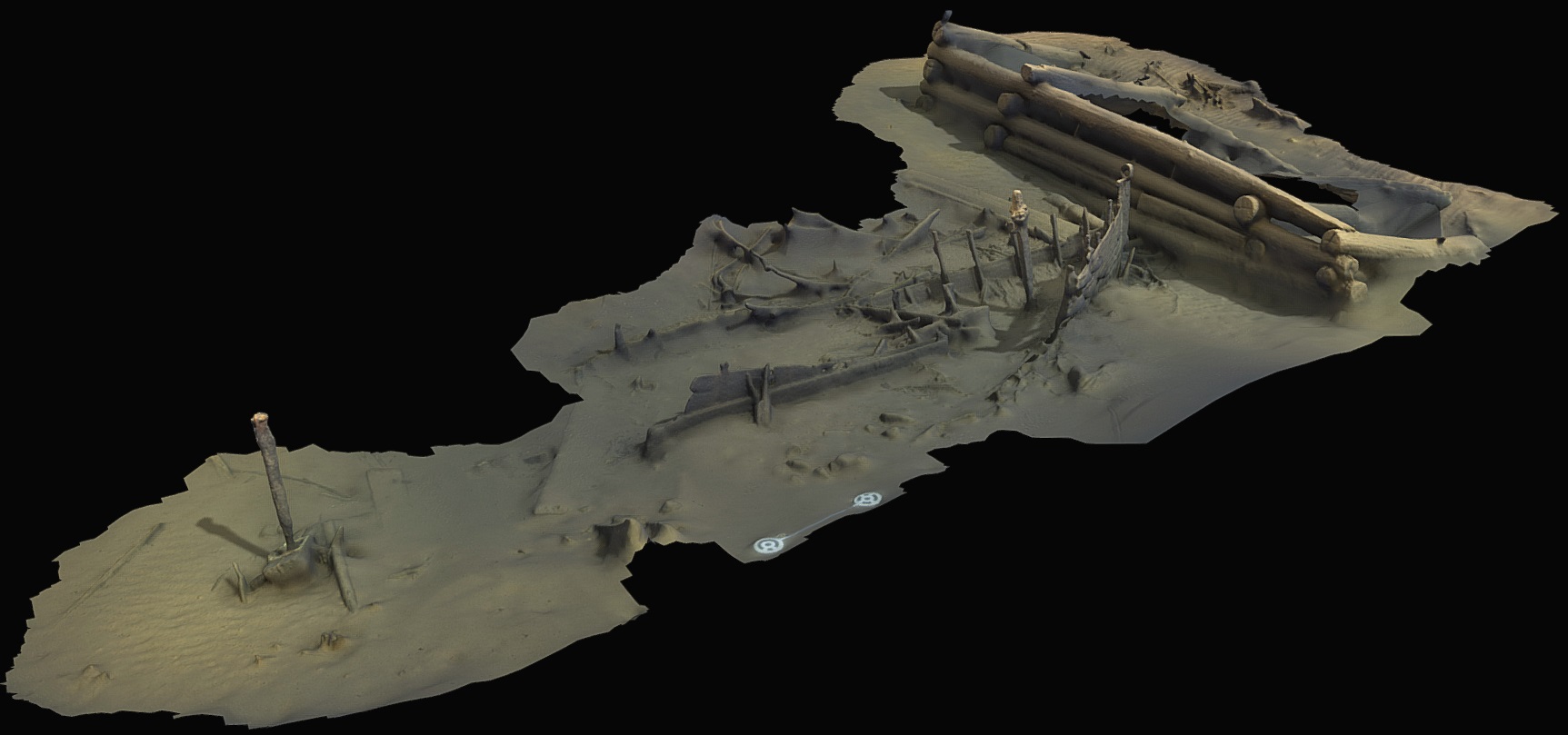
Overview of the Photogrammetry Model of the Big Bay Sloop. Ken Merryman https://3dshipwrecks.org/. You can view the model here: https://skfb.ly/oWCSP
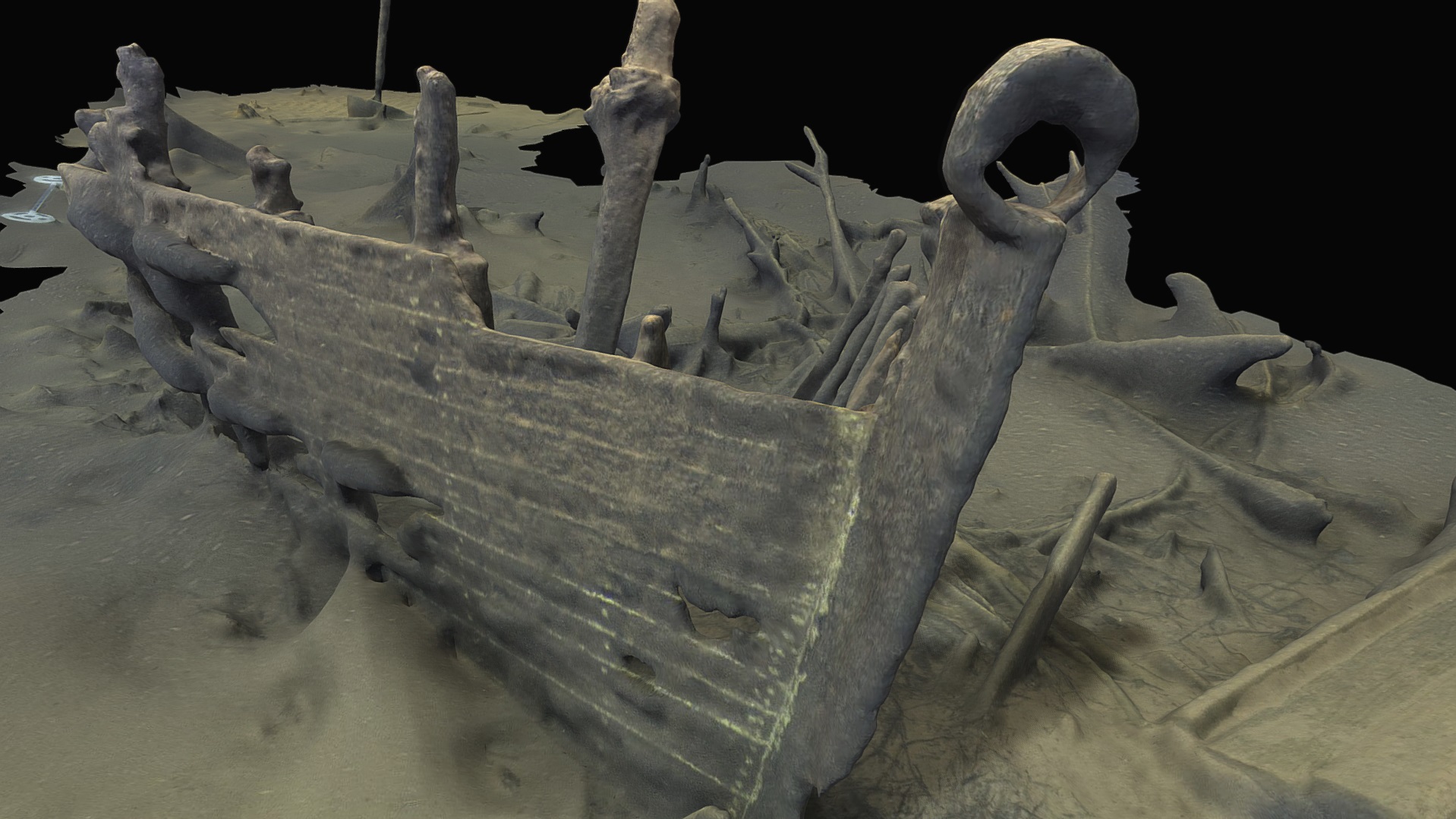
View of the Bow of the Photogrammetry Model of the Big Bay Sloop. Ken Merryman https://3dshipwrecks.org/. You can view the model here:
https://skfb.ly/oWCSP
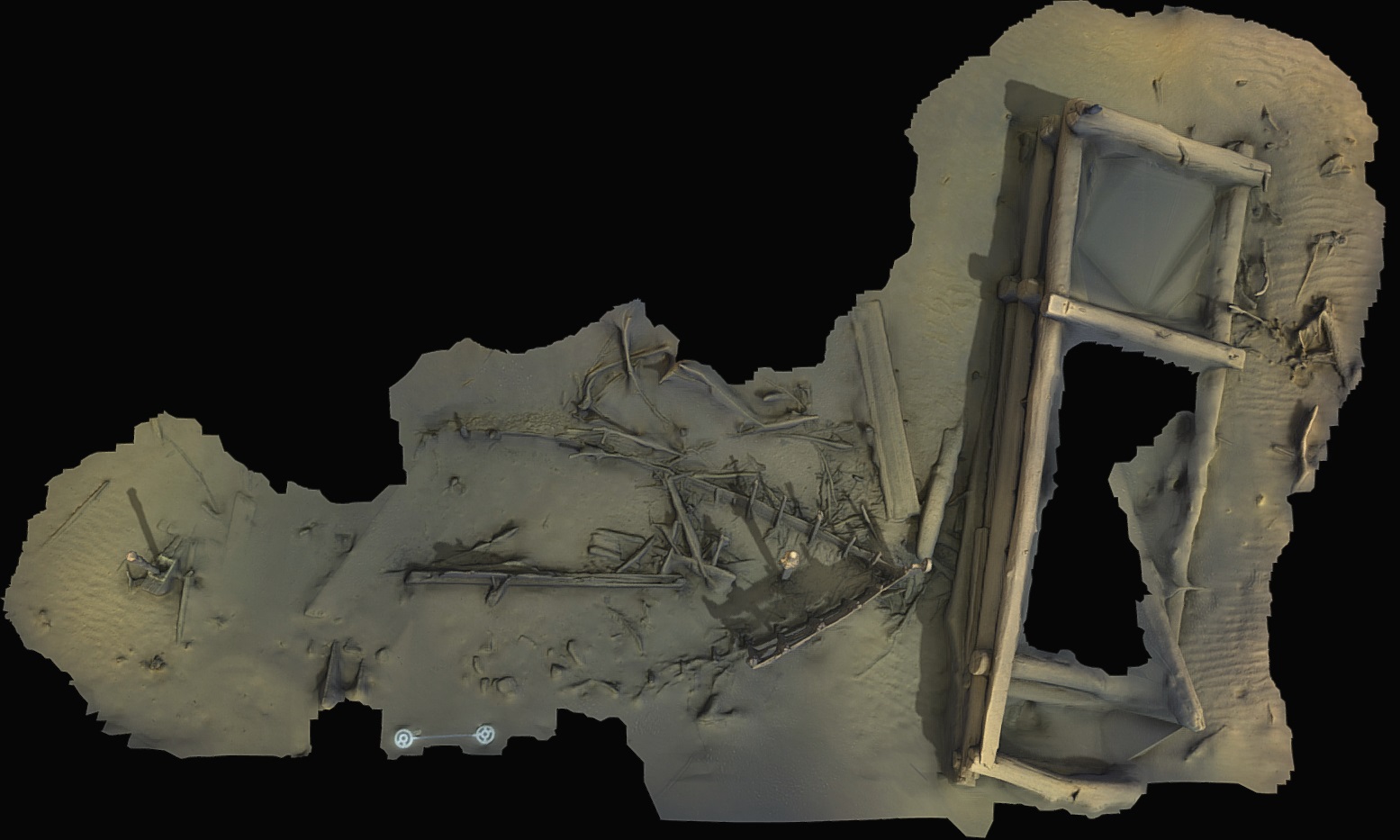
View of the top of the Photogrammetry Model of the Big Bay Sloop Ken Merryman https://3dshipwrecks.org/. You can view the model here: https://skfb.ly/oWCSP
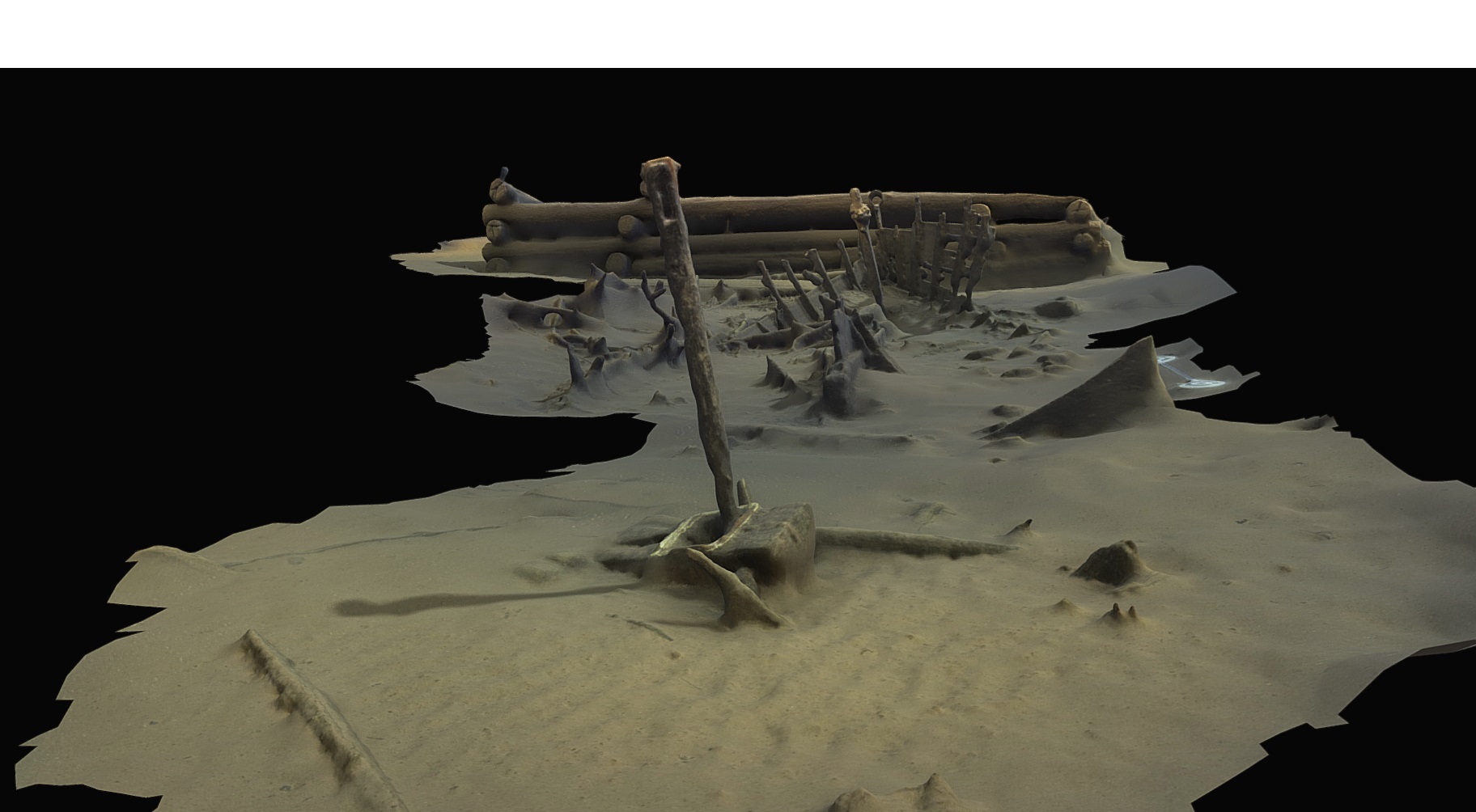
View of the Stern of the Photogrammetry Model of the Big Bay Sloop. Ken Merryman https://3dshipwrecks.org/. You can view the model here:
https://skfb.ly/oWCSP
